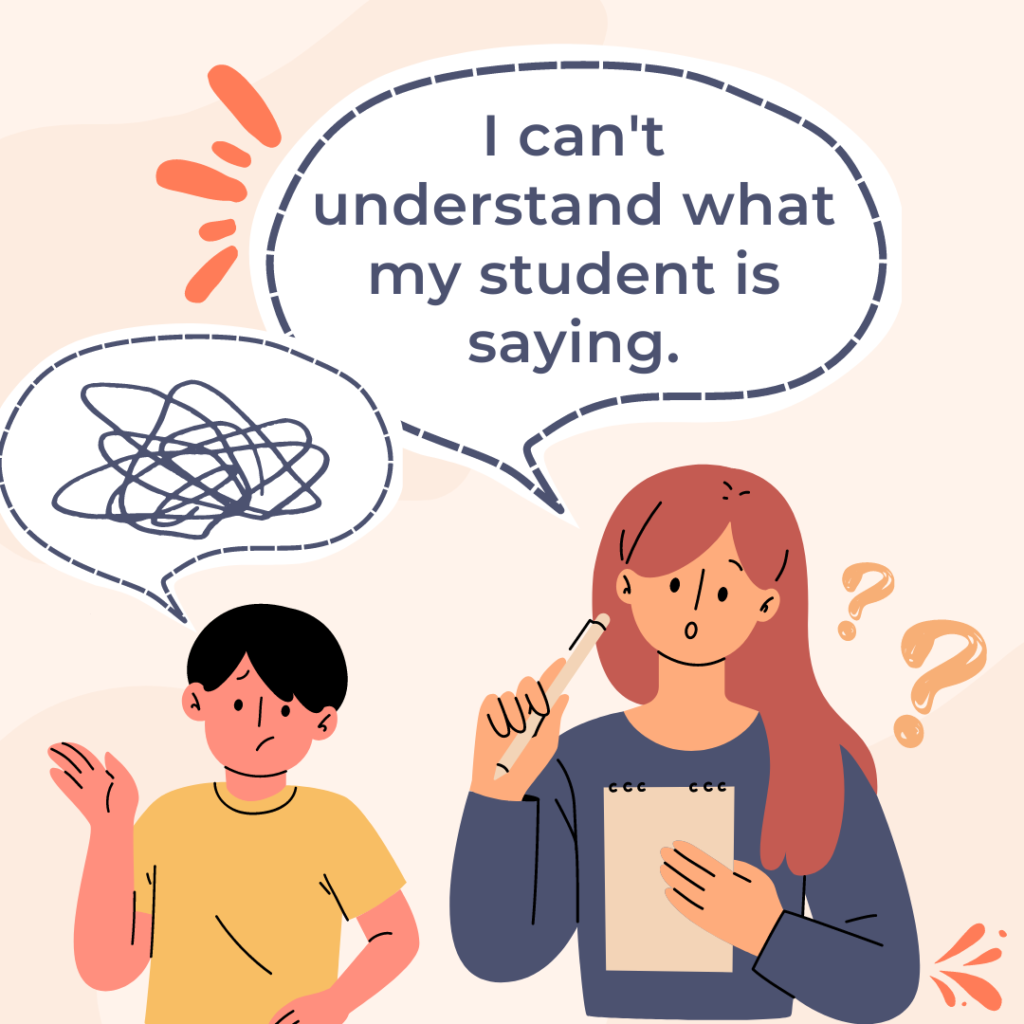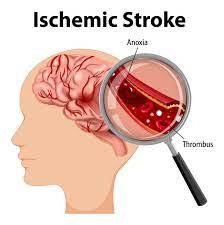Language is the foundation of how children connect, play, and learn. When it develops more slowly than expected or atypically, early recognition and support can dramatically change a child’s future. This guide covers the most common language and communication disorders, signs to watch out for, and the lifesaving role of early intervention—with added insight into the situation in Uganda and East Africa.
What are Language Disorders in Children?
A language disorder is a communication condition where a child (or adult) has persistent difficulties in understanding, processing, or using spoken or written language. These difficulties are not simply due to lack of exposure, hearing loss, or another medical condition—they reflect challenges in the way the brain develops or processes language.
There are two main types of Language Disorders in Children:
-
Receptive language disorder – when a child struggles to understand or process what others say.
-
Expressive language disorder – when a child knows what they want to say but has trouble using words, sentences, or grammar correctly.
-
Some children have mixed receptive-expressive language disorder, where both understanding and speaking are affected.
Why Language Development Matters
-
Globally, communication disorders affect about 1 in 12 children aged 3–17. Around 7–8% of children experience developmental language disorder (DLD), and 8–9% face speech sound disorders. Approximately 5% of young children stutter, with around 1% experiencing persistent stuttering.
-
Around 34 million children worldwide have disabling hearing loss, up to 60% of which is considered preventable—highlighting the importance of early screening and treatment.
-
In Uganda, a study of preterm infants in Kampala documented that around 10.7% displayed language delay by age 2, with 13.6% showing neurodevelopmental delay across domains such as language, social, motor, and gross motor skills.
-
In the Masindi district, about 10.2% of surveyed children suffered hearing loss, with 2.3% experiencing significant hearing problems.
-
Otitis media with effusion—often leading to temporary hearing loss—was found in around 11–14% of children aged 4–6 years.
-
Uganda’s health system currently serves over 45 million people with fewer than 100 trained speech and language therapists, representing a significant access gap—especially in rural regions.
Common Childhood Language & Communication Disorders
Developmental Language Disorder (DLD)
Persistent difficulty in understanding or using spoken language that isn’t due to hearing loss or other medical conditions. Children may have delayed milestones, grammatical errors, or struggle with storytelling. If unaddressed, DLD often affects literacy and school achievement.
Speech Sound Disorders (SSDs)
This is when a child consistently struggles to produce sounds correctly, leading to unclear speech. Many kids outgrow minor mispronunciations, but SSD requires assessment if errors persist beyond expected ages.
Childhood-Onset Fluency Disorder (Stuttering)
This is often characterized by repeated sounds, prolongations, or blocks in speech. Early support often prevents long-term challenges.
Social (Pragmatic) Communication Disorder (SCD)
Difficulty using language for social purposes—such as adapting speech to different contexts, following conversational rules, or understanding implicit meaning.
Language Delay Derived from Other Conditions
-
Hearing Loss – Even mild or one-sided loss can affect development. In Uganda, the absence of routine newborn hearing screening delays detection.
-
Medical or Neurodevelopmental Conditions – Conditions like autism, intellectual disability, or cerebral palsy can cause language delays requiring tailored support.
Early Warning Signs by Age
By 12 months: Minimal babbling, few gestures, lack of response to name or sounds.
By 18 months: Fewer than 10–20 words, limited mimicry, little pointing.
By 24 months: Fewer than 50 words, no two-word combos, poor comprehension of simple instructions.
At any age: Notice regression in skills, consistently unclear speech, stuttering for over six months, unusual voice quality, or hearing concerns.
Assessment & Diagnosis of Language Disorders in Children
Assessment for Language Disorders in Children is generally conducted by a trained Speech pathologist. The speech therapist will typically do the following:
-
Collect a detailed developmental, medical, and family history.
-
Perform hearing checks—especially vital in areas where recurring ear infections are common.
-
Carry out speech-language assessments, including evaluations of vocabulary, grammar, intelligibility, and social communication.
-
Account for multilingual environments, as many Ugandan children grow up speaking several languages. A disorder typically shows up in all languages.
The Impact of Early Intervention
-
Identification and treatment of hearing loss before age 6 months leads to significantly better language outcomes.
-
Parent-led interventions—training caregivers to model, expand, and encourage language during everyday routines—are proven to foster expressive and receptive language growth.
-
Without enough localized services, parent coaching, telepractice, or community-based programs offer scalable, cost-effective alternatives.
-
In Uganda, local organizations like Speech Therapy Uganda, ENT departments at Mulago National Referral Hospital, and some special-needs school units in Kampala provide critical—but limited—access to therapy.
Practical Strategies for Caregivers
-
Don’t wait—seek hearing evaluation and SLP referral if concerned.
-
Engage in rich talk: narrate daily life, label surroundings, expand on children’s words, and use stories and songs in your native or home languages.
-
For stuttering, remain patient, slow down conversations, allow the child to finish sentences, and consider professional help if it persists or causes stress.
-
Treat ear infections aggressively to prevent hearing complications.
Context & Challenges in Uganda
-
Children represent 56% of Uganda’s population, many confronting poverty, malnutrition, and health challenges that influence developmental trajectories.
-
There is a severe shortage of speech and language therapists—less than 100 serving a huge population—creating barriers to service access, particularly in rural regions. Wikipedia
-
Uganda has Ugandan Sign Language (USL), with around 160,000 users, and was one of the early countries to constitutionally recognize a sign language.
Final Thoughts on Language Disorders in Children
Language disorders are common, impactful, but also highly responsive to early action. In Uganda, limited resources, late diagnosis, and geographic inequalities hinder access to speech and hearing care. Yet, parents, caregivers, and communities can make a profound difference by remaining vigilant, fostering stimulating communication environments, and pursuing every available opportunity for assessment and care. With awareness and timely intervention, every child has the chance to thrive in communication, learning, and life.



